We see it all the time. You have compiled excellent professional and extracurricular experiences and great personal anecdotes. But, for some reason, when you write your essays they are still coming across as …flat. We’ve gathered up our top five writing tips below to help you incorporate personality and bring your essays to life. We’ll share one each day this week.
Update your language. In your academic and/or professional life you likely use formal language in your written communications. However, we would caution you against being overly formal in your application writing. A personal essay is more like journalism than an academic paper. You're telling a story, and this one is about you. You want to sound intelligent and respectful but being a bit colloquial makes you appear confident and relaxed. As if to say, "This is who I am. This is who I plan to become."
A great test is to read your writing aloud and see how easily it flows. Does your language feel natural or stilted? Does it sound like you? Make sure your writing style and language choices promote a connection between you and your reader.
Structure your writing to grab the reader’s attention. One of the goals of your writing is to inform, but it is equally important to engage your reader and get them personally invested in your journey. You might even take a cue from an action movie. When the lights go down and the curtain goes up, you see the star in a sports car going full throttle. What you don’t know, immediately, is who or where they are. Narrative writing does not have to be linear. After leading with an attention-grabbing scene, the writer can go back and provide additional context and information on what’s missing.
Embrace emotion. Take a lesson from advertising. What do the best commercials have in common? They make you feel something—humor, pride, sorrow. As you write your essay responses, ensure that you use emotion to connect with your reader. And, this doesn’t necessarily mean recounting only sad or difficult times. Rather, it means bringing your reader along on the full spectrum of your experience as you share a story from your life. We rarely feel just one emotion at a time, embrace the complexity.
Make it universal. Let the reader share in your learning by making it about more than yourself and your own experience. Look for the transcendence and let the admissions committee in on it. You didn’t just overcome a fear of public speaking, you learned to challenge yourself and break past self-constructed barriers. You didn’t just overcome cultural differences while working in a diverse group, you learned about seeking out commonalities with others. Whatever it is you learned, dig deep for that universal finding that will help to ensure your reader finishes your essay feeling they are better off for the experience.
Don’t forget the basics. One of our mottos is: "Clarity above all things." When you write an essay for your application, leave no room for misinterpretation. The reader needs to see the story how you do. Crisp and untangled writing is also best given character count limitations and how much you need to share.

